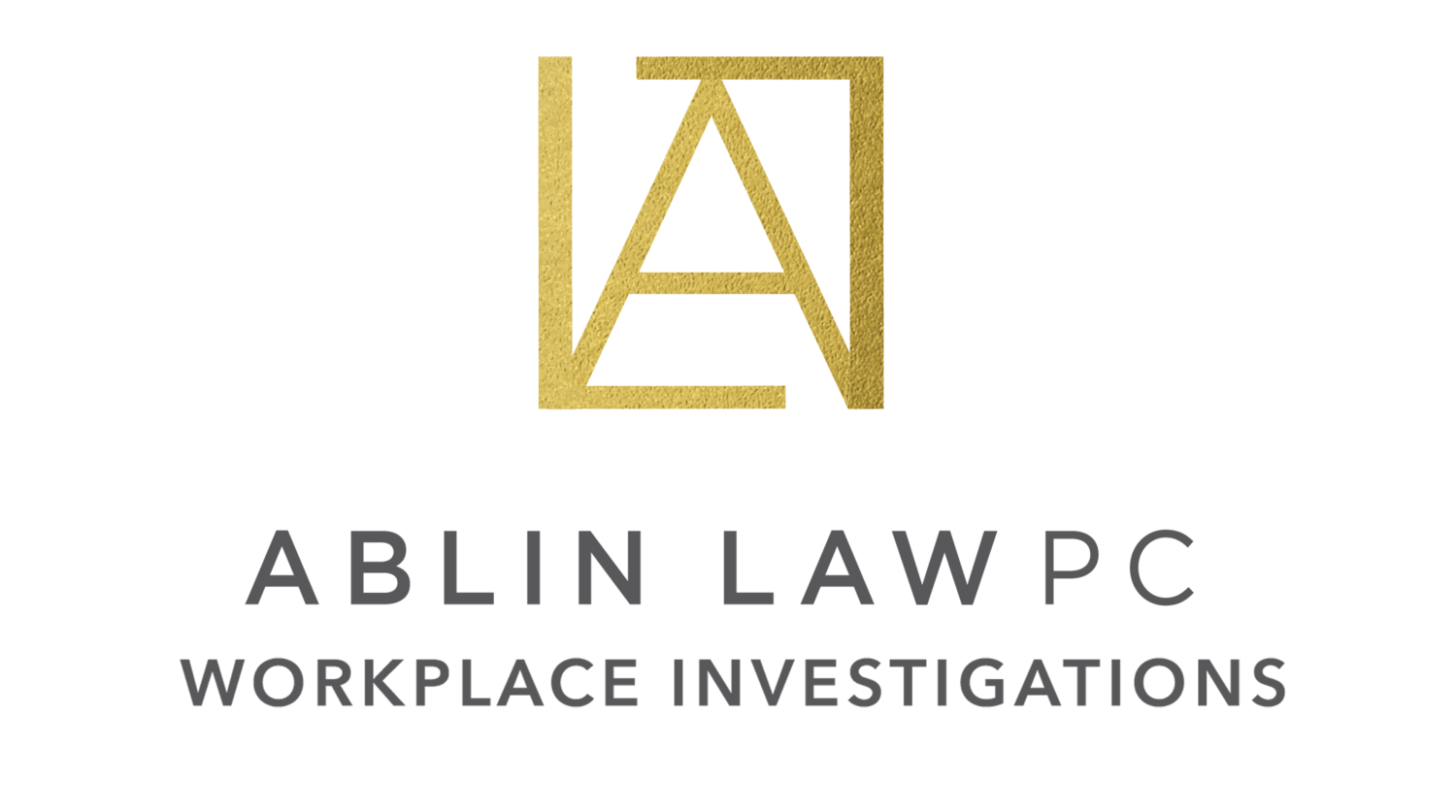Bullying is often thought about as an issue that impacts children in school. However, we are in an era where more attention is being paid to workplace bullying. Investigation of these claims should be elevated to the same levels as which we investigate claims of sexual harassment or other forms of harassment.
Workplace bullying creates a toxic environment. An employee who feels they are being intimidated, threatened, or humiliated, or some combination thereof will not feel welcome in your workplace, nor will they be able to perform at their maximum potential. The predicament for many employers is how to handle claims of bullying and how to thoroughly investigate these claims.
Workplace Bullying: Interviewing the Complainant
The first step in the investigative process is making sure you fully understand the complaint. This is done by conducting a comprehensive interview of the employee who is complaining they are being bullied. Some questions you should be seeking answers to include:
- When did the bullying occur?
- What is the nature of the conduct?
- How has the bullying impacted your work?
- Who has witnessed the bullying behavior?
It can be helpful to obtain a written statement with the facts surrounding the incident or incidents if the issue is ongoing. If the statement is not handwritten, a statement should be included stating the complainant attests this is a true accounting of the bullying of which they are the subject. Documentation of incidents if they are available may also help guide your investigation.
When interviewing the complainant, you want to get as many facts as possible about their interactions both in and out of work with the alleged bully, so you have a thorough understanding of the relationship between the parties. This should be determined before you interview the alleged bully.
As delicate an issue as this may be, you must take two steps: First, you need to make sure if the employee is working closely with the alleged bully that their contact is minimized. Whether this is accomplished through a temporary administrative leave or other means it is important. Second, you should ensure the complainant understands they will not be retaliated against due to their filing a complaint – regardless of the outcome of the investigation.
Interviewing Witnesses to Bullying
While it is not necessary to interview every witness the complainant has provided, the attempt must be made to validate their claim through witness interviews. This process is fairly simple because you need only address what they actually witnessed. Questions could include:
- What type of bullying behavior did you witness?
- When did you witness such behavior?
- Has the accused conducted themselves in this manner with anyone other than the complainant?
Keep in mind, these interviews should be carefully documented, and any statement provided by a witness should be kept confidential from both the accuser and the accused. These statements may contradict the complainant, or they may strengthen their claim. Make sure any witness understands they are protected from retaliation when they are providing a witness statement and make sure they know how to report any seemingly retaliatory behavior.
Interviewing the Alleged Bully
The final step in the investigatory process should be conducting an interview with the alleged wrongdoer. It is important these interviews be carefully documented. It is important the alleged bully be given details of the investigation and given an opportunity to address the direct allegations.
After Interviewing Relevant Parties
Action must be swift following your investigation. Once you have completed the investigation, if there is wrongdoing found, proper disciplinary action must be taken. Additionally, it is also important to document the investigation with a final written report which should include:
- Details of the complaint— names of involved parties, the specifics of the complaint such as when and where the behavior occurred as well as details of the behavior that led to the complaint.
- Interviews — a comprehensive summary of all interviews conducted during the investigation.
- Documentation— if there are notes, photographs, or emails of any incidents of bullying, they should be included with your final report.
- Finalization of complaint— your report should include any conclusions, findings, or outcomes of the investigation. This is important whether you have found sufficient evidence of wrongdoing or not.
- Course of action— in the event the complaint was found to be valid, the action which you took against the wrongdoer. In the event the complaint was unfounded, the complainant should be made aware of why you felt the complaint was invalid and make sure they understand there will be no retaliation for filing the complaint.
Keep in mind, if your investigation does conclude there was bullying it may be time to review company policies with all employees to ensure there is not a pattern of acceptance of bullying behavior in the workplace.
Stay Aware of Local Regulations
More states are passing legislation making it easier for those who are victims of workplace bullying to hold their antagonist accountable. Make sure your company policies are keeping up with all legislation that may be enacted in your state. A good resource to ensure you know what actions are being taken in your state is Workplace Bullying Institute where they have an advocacy group pushing states to enact more initiatives to prevent workplace bullying.
Keep in mind, bullying in the workplace is a serious issue that will not go away on its own. It takes good internal policies to ensure all employees understand bullying will not be tolerated. If you need help addressing bullying in the workplace contact Ablin Law for more information.


Recent Comments